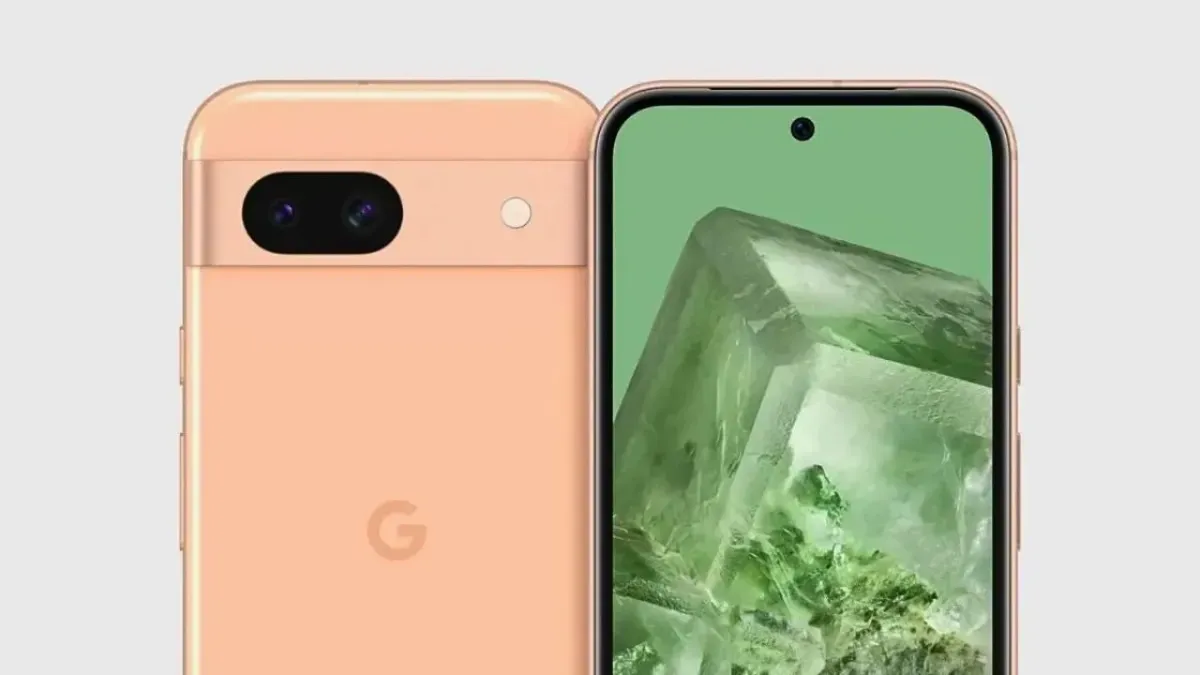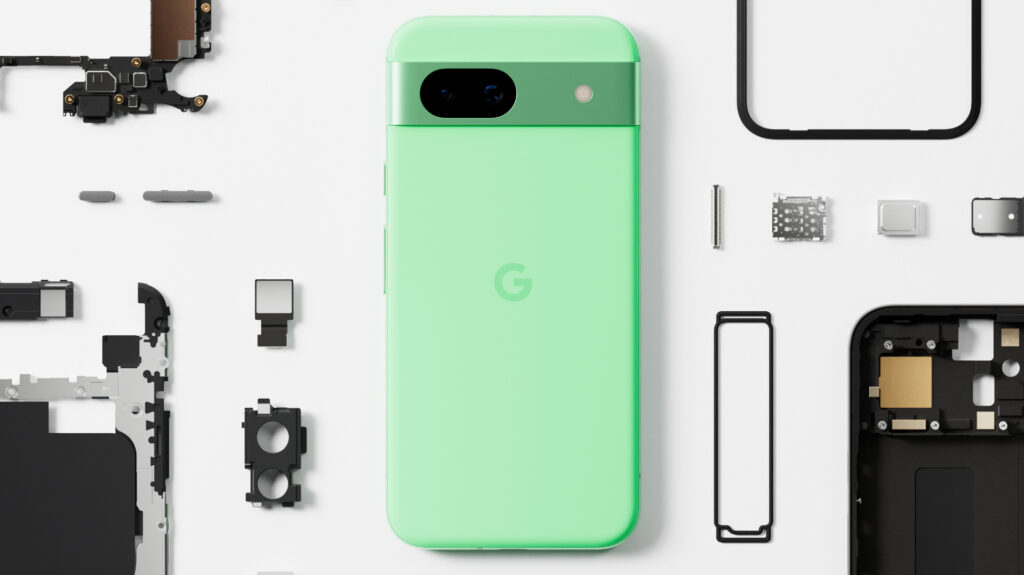Introduction
Google’s Pixel 8A, the latest entrant in their A-series lineup, presents itself as a budget-friendly alternative to the flagship models while attempting to maintain a competitive edge in the mid-range smartphone market. Priced at $500, the Pixel 8A makes a compelling case with a host of incremental improvements over its predecessor, the 7A. However, it finds itself in a peculiar position, closely priced to last year’s Pixel 8, which raises questions about its value proposition.
Design and Build Quality
The Pixel 8A continues to carry the design ethos of Google’s Pixel series, featuring the recognizable camera bar and now with more rounded edges, which some might say gives it a playful, almost “SpongeBob” appearance. The introduction of new colors like “aloe” and “bay” alongside a new matte texture provides a fresh look while maintaining the functional design elements such as wireless charging and IP67 water resistance.
Pros:
- Fresh, playful design with new color options.
- Durable build with aluminum rails and IP67 rating.
Cons:
- Minimal changes from previous designs might not appeal to all users.

Display Enhancements
The Pixel 8A sports a 6.1-inch P-OLED display, now enhanced to support a 120Hz refresh rate, a significant bump from the previous 90Hz. This upgrade promises smoother animations and a more responsive user interface. The display’s peak brightness has also seen a 40% increase, improving visibility under various lighting conditions.
Pros:
- Brighter, more vibrant display suitable for outdoor use.
- High refresh rate enhances the smoothness of the user interface.
Cons:
- High refresh rate is not enabled by default, which may lead users to miss out on this feature unless they tweak settings.
Performance
Under the hood, the Pixel 8A is powered by Google’s Tensor G3 chip, an upgrade that promises better performance, albeit with some concerns about efficiency. The storage options have also been expanded to include a 256GB model, addressing the needs of users who desire more space for their apps and media.
Pros:
- Improved chipset offers enhanced performance.
- Increased storage options cater to a broader range of needs.
Cons:
- The Tensor G3 chip has been noted for being less efficient in energy consumption.
Software and Features
Google’s Pixel phones are renowned for their software, and the Pixel 8A is no exception. It comes loaded with features like Call Assist, Pixel VPN, and Magic Eraser, alongside the best speech-to-text transcription technology in the industry. Additionally, it promises seven years of OS and security updates, ensuring longevity.
Pros:
- Feature-rich software with unique Google AI capabilities.
- Long-term update support enhances the device’s lifespan.
Cons:
- The presence of two different assistants may cause confusion and inconsistency in user experience.

Camera Performance
The Pixel 8A inherits its camera hardware from the 7A, which is not necessarily a drawback since the 7A performed exceptionally well in blind tests. The main camera sensor, complemented by an ultrawide lens, continues to deliver high-quality photos that can compete with more expensive models.
Pros:
- High-quality cameras that perform well above their price range.
- Consistent updates and AI enhancements keep the camera competitive.
Cons:
- No significant hardware upgrades might disappoint users looking for improvements.
Price Comparison and Value
While the Pixel 8A stands as a solid mid-range option, its close pricing to the superior Pixel 8, which offers better cameras, a bigger battery, and faster charging for just $50 more, makes it a challenging sell. This price point may confuse potential buyers about which model offers the best value for their money.
Pros:
- Competitive pricing for a mid-range phone.
- Maintains the balance of features and cost-effectiveness.
Cons:
- Very close in price to the more feature-rich Pixel 8, diminishing its value.
Conclusion
The Google Pixel 8A proves to be a robust mid-range smartphone that leverages Google’s strengths in software and AI to deliver a user-friendly experience with some welcome hardware improvements. However, its value is undermined by its pricing, which places it too close to last year’s flagship, the Pixel 8. For consumers, the choice between the Pixel 8A and Pixel 8 will hinge on whether the minor savings are worth the trade-offs in features and capabilities. The Pixel 8A is undoubtedly a capable device, but in a market where every dollar counts, it might not be the best option available.
